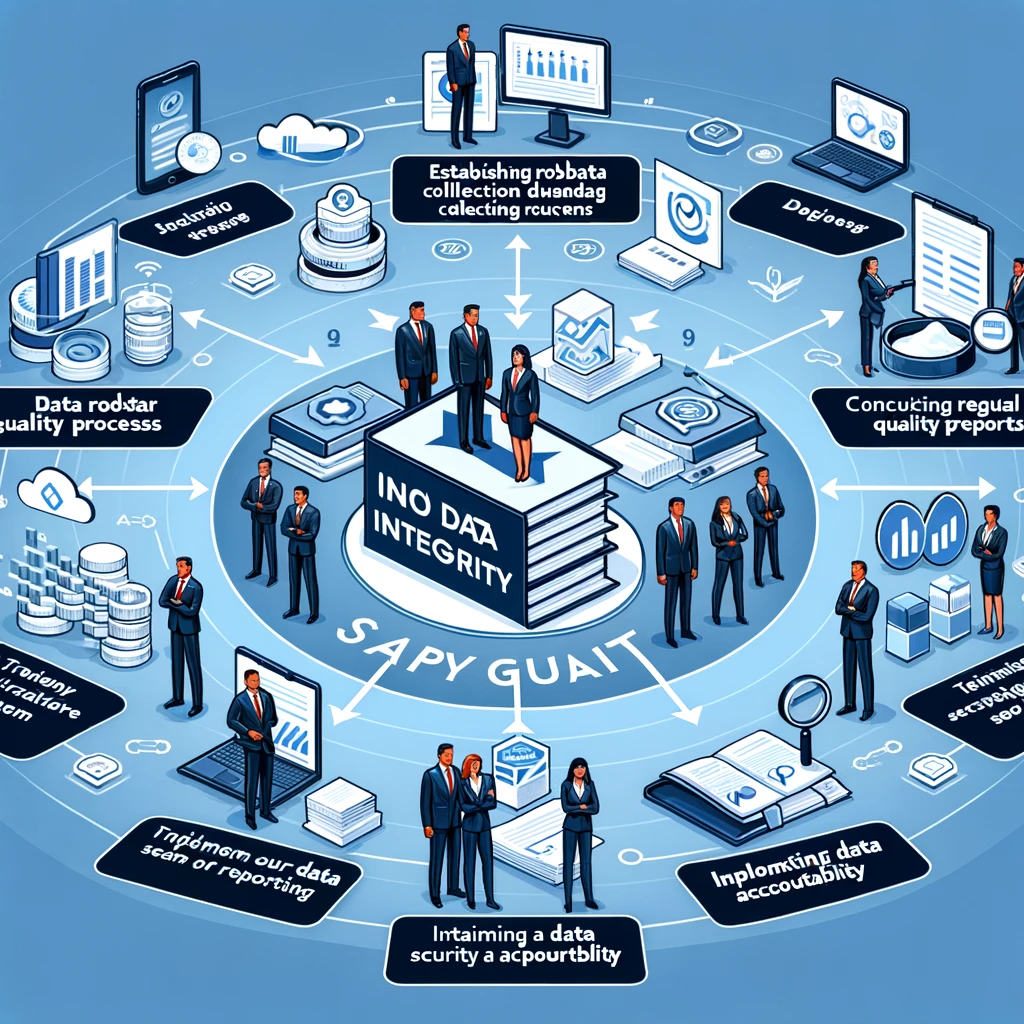Understanding the Updated WGEA Requirements

The recent updates to the WGEA reporting framework introduce several key changes designed to enhance the quality and depth of gender equality reporting among Australian employers. These changes include more granular reporting of pay gaps, a deeper dive into the gender composition at all levels of the organisation, and an increased focus on the effectiveness of policies and strategies aimed at promoting gender equality in the workplace.
Navigating these changes requires a strategic approach, starting with a thorough understanding of the new requirements and how they impact your organisation’s reporting process.
Strategies for Successful Compliance

1. Deepen Data Collection and Analysis
With the WGEA’s emphasis on more detailed reporting, businesses must enhance their data collection and analysis capabilities. This involves:
- Implementing robust HR information systems that can capture a wide range of gender-related data across different job categories and levels.
- Engaging in proactive pay gap analysis to identify and address disparities in compensation.
2. Strengthen Policies and Practices
The updated requirements call for a critical review of existing gender equality policies and practices within the organisation. This step involves:
- Assessing the effectiveness of current policies in promoting gender equality and making necessary adjustments.
- Developing targeted strategies to address identified gaps and opportunities in promoting workplace gender equality.
3. Foster a Culture of Inclusion
Compliance with WGEA requirements is not just about meeting regulatory obligations; it’s about fostering a genuine culture of inclusion and equality. Strategies include:
- Conducting regular training and awareness programs to educate employees about gender equality and unconscious bias.
- Encouraging male allyship and the engagement of all employees in gender equality initiatives.
4. Leverage Technology for Efficiency

Technology plays a crucial role in simplifying the compliance process, from data collection and analysis to report generation. Investing in:
- Advanced analytics and reporting tools can streamline the process of compiling and submitting the required data.
- Digital platforms for employee engagement can facilitate the gathering of feedback on the effectiveness of gender equality initiatives.
Key Takeaways
- Comprehensive Preparation is Crucial: An in-depth understanding of the updated WGEA requirements and their implications for your organisation is essential.
- Data-Driven Approach: Strengthening data collection and analysis capabilities is key to identifying gaps and measuring progress.
- Culture Matters: Beyond compliance, fostering a culture of inclusion is fundamental to achieving lasting gender equality.
- Leverage Technology: Utilising technology can greatly enhance efficiency and accuracy in meeting WGEA reporting requirements.
Navigating the updated WGEA requirements presents both challenges and opportunities for Australian businesses. By adopting a strategic and comprehensive approach to compliance, organisations can not only fulfill their regulatory obligations but also make significant strides toward realising true gender equality in the workplace.






